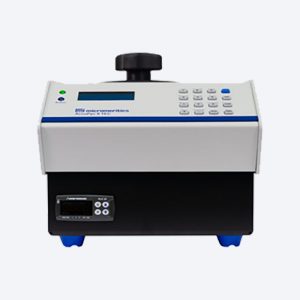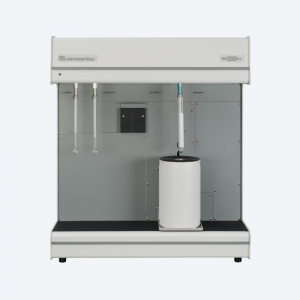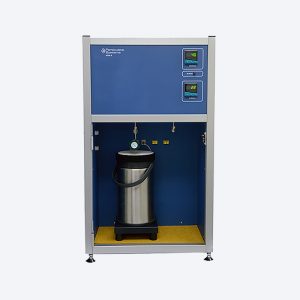Materials Characterization Solutions to Determine Unconventional Gas Reservoir Potential
Shales are complex reservoirs and present significant challenges to petrophysical characterization and physical core analysis. Key reservoir parameters for shale deposits include: thermal maturity, reservoir thickness, total organic carbon (TOC) content, adsorbed gas fraction, free gas fraction within the pores and fractures, and transport properties.
Thermal maturity and reservoir thickness are routinely measured. The remaining four parameters require a creative approach that can utilize a number of petrophysical rock core measurement techniques.
Micromeritics provides key analytical tools for evaluating rock cores and shale reservoir potential.
- Reservoir performance evaluation
- Gas storage capacity of shale and kerogen
- Correlation between geological conditions and physical properties
- Organic and non-organic matrix porosities and pore distributions
Micromeritics also provides computational and modeling tools for modeling and predicting shale reservoir potential.






